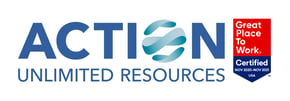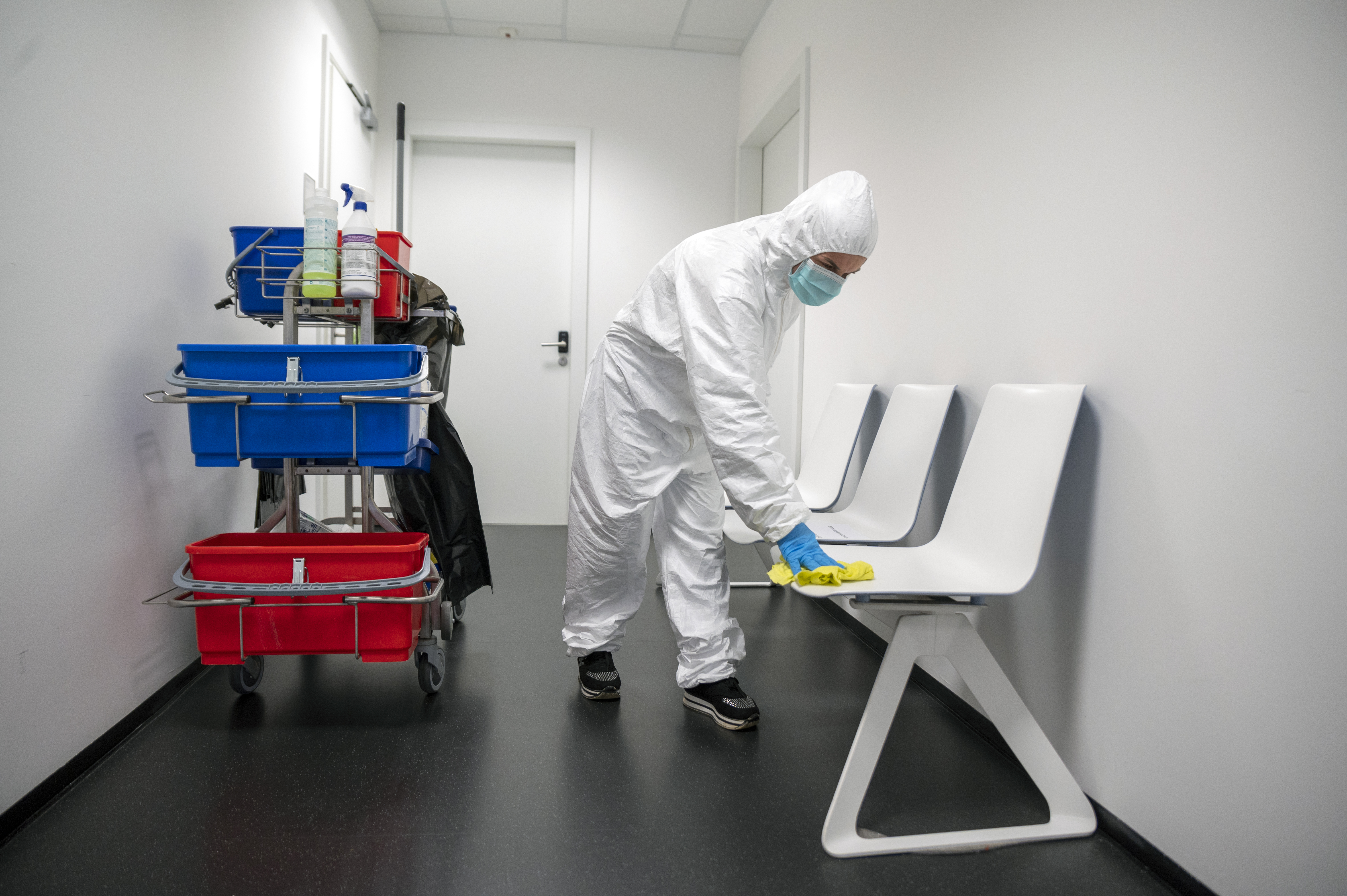The main goal of any healthcare facility is to ensure that patients are safe, secure, and well cared for. One way in which they do that is by providing an impeccably clean and well-maintained hospital for healthcare workers to do their best work. With this in mind, healthcare facility managers are a vital factor in keeping hospitals and patients safe.
Healthcare facility is a broad term. It includes anything from doctors, dentists, or professional medical offices & buildings to labs, pharmacies, and dialysis centers. More extensive healthcare facilities include hospitals, nursing homes, assisted living – even daycare centers and health clubs. Plus, research and pharmaceutical manufacturing facilities fall under this term too.
The places mentioned above require a higher standard of cleaning and maintenance due to regulation, liability, and infection control. According to the CDC, the primary strategies for maintaining facility safety and hygiene are:
- Use cleaners and disinfectants appropriately.
- Maintain medical equipment appropriately.
- Adhere to quality standards for specialized care environments.
Using these strategies as a guideline enables healthcare facility managers to empower their teams while ensuring that patients have a positive experience. Let’s look at them more closely.
- Using cleaners and disinfectants appropriately.
Proper cleaning and disinfection is number one on the list when maintaining customer comfort and safety. While not everyone who passes through a healthcare facility is ill, it’s crucial to ensure that the space is as clean as possible to ensure that staff, patients, and visitors minimize infection transmission risk. Healthcare facilities have unique areas to be cleaned and disinfected – sites that see blood, bodily fluids, and infectious patients.
Setting up a cleaning and disinfection schedule can help healthcare facility managers standardize this process and ensure it’s done correctly. Cleaning and disinfecting are two different processes and should be treated as such. It’s also essential to find a balance between efficacy and surface compatibility. Facility managers should not sacrifice product or surface damage for effectiveness.
- Maintain medical equipment appropriately.
Healthcare facilities deal with specialized equipment every day. Today, patient intake is higher than ever, so medical equipment is experiencing more wear and tear. When developing a plan to maintain medical equipment, facility managers need to take stock of their inventory and clearly understand the equipment used. This plan would include things like repairs, scheduled maintenance, and software updates.
From there, maintenance schedules can be used to keep things running smoothly. These schedules include equipment sterilization and repairs to limit the spread of bacteria and infections proactively. It's also essential to conduct regular audits of equipment safety to ensure that these processes are in compliance with local regulations to prevent risk to healthcare providers and penalties from regulatory bodies.
- Adhere to quality standards for specialized care environments.
Specialized care environments include hemodialysis, airborne infection isolation rooms, protective environments, or operating rooms. These areas require specialized care to manage the infection-control impact of the ventilation system and water system performance. Water and air distribution systems can transmit infections if damaged or not configured correctly.
If these environments exist within your healthcare facility, these CDC guidelines can help you develop a comprehensive guide to maintain safety and hygiene.
--
When building out processes to maintain healthcare facility safety and hygiene, be sure to include:
- Training. Facility managers need to properly train their teams due to the physical and health-related risks and the technical nature of the work being done. Some level of documentation and supervision is required when implementing a maintenance and hygiene plan.
- Documentation. This includes checklists, standard operating procedures, and sign-off sheets to track and validate work. This paper trail helps facility managers identify any problems and how to solve them.
- Supervision & Management. Errors cannot be tolerated in healthcare facilities. Facilities managers must ensure that their teams are appropriately managed and perform their jobs confidently and accurately.
Healthcare facilities can quickly improve the quality of their patient care by implementing these steps into their management strategies. By emphasizing a clean and safe environment, everybody benefits from higher levels of care, less exposure to risk, and higher operating standards.



Enjoy this blog? Leave a comment or ask a question!